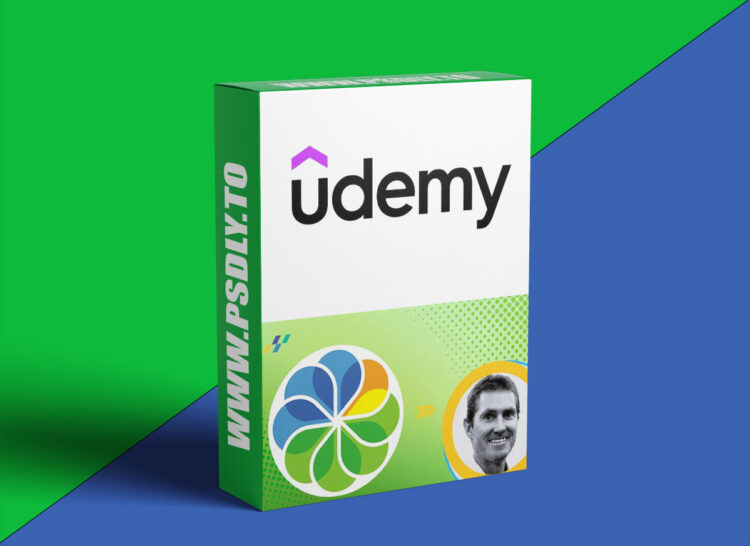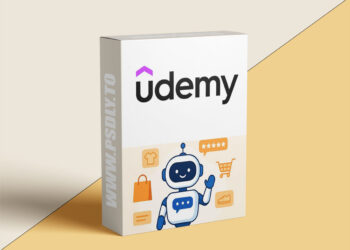| File Name: | Hyland Alfresco Developer-Content Modelling & Classification |
| Content Source: | https://www.udemy.com/course/hyland-alfresco-developer-content-modelling-classification/ |
| Genre / Category: | Other Tutorials |
| File Size : | 4.8 GB |
| Publisher: | udemy |
| Updated and Published: | May 28, 2025 |
What you’ll learn
- Creating custom content models for Alfresco Repository
- Classifying content based on custom content models
- Customizing the Alfresco Content App based on types and aspects in custom content models
- Customizing the Alfresco Share based on types and aspects in custom content models
- Using Generative AI to boost productivity when designing and creating content models and UI customizations
- Bootstrapping Alfresco Share sites (Content App Libraries)
- Creating and bootstrapping Categories
- Using the Alfresco SDK for content models and Alfresco Share customizations
- Creating Angular libraries for the Alfresco Content App extensions
- Programatically interacting with the content models
The Hyland Alfresco Content Services (ACS) content management system is a powerful solution for managing your company’s content. However, to fully utilise the system’s power, you must define and deploy a Content Model matching your domain (industry vertical).
This means you must create specific definitions for the types of content you are storing in the repository. The Alfresco Repository only comes out-of-the-box with very generic content types, such as content (i..e. document) and folder, which makes it hard to search for specific content files in your domain.
Let’s say you work at a law firm. You might then want to include types such as client, case, legal document, task, etc. Each one of these types will have properties such as ID, case number, title, description, status (e.g., open, closed), related client(s), related lawyer(s), etc. These types and properties are defined in what’s called a Content Model.
When you deploy a custom Content Model, such as a Legal Firm Content Model, you can search more specifically in the repository based on domain-specific types and properties. This way, everyone will find what they are looking for faster. It is also easier to implement business logic that will be invoked based on events related to a custom Content Model. For example, you could have code invoked when a new Legal Case is created in the repository.
This course is about creating custom Content Models for specific domains and configuring the UI to display them, both the Alfresco Share UI and the new Alfresco Digital Workspace (Content App) UI. Then use these content models to classify content.

DOWNLOAD LINK: Hyland Alfresco Developer-Content Modelling & Classification
Hyland_Alfresco_Developer-Content_Modelling___Classification.part1.rar – 1.5 GB
Hyland_Alfresco_Developer-Content_Modelling___Classification.part2.rar – 1.5 GB
Hyland_Alfresco_Developer-Content_Modelling___Classification.part3.rar – 1.5 GB
Hyland_Alfresco_Developer-Content_Modelling___Classification.part4.rar – 366.5 MB
FILEAXA.COM – is our main file storage service. We host all files there. You can join the FILEAXA.COM premium service to access our all files without any limation and fast download speed.







